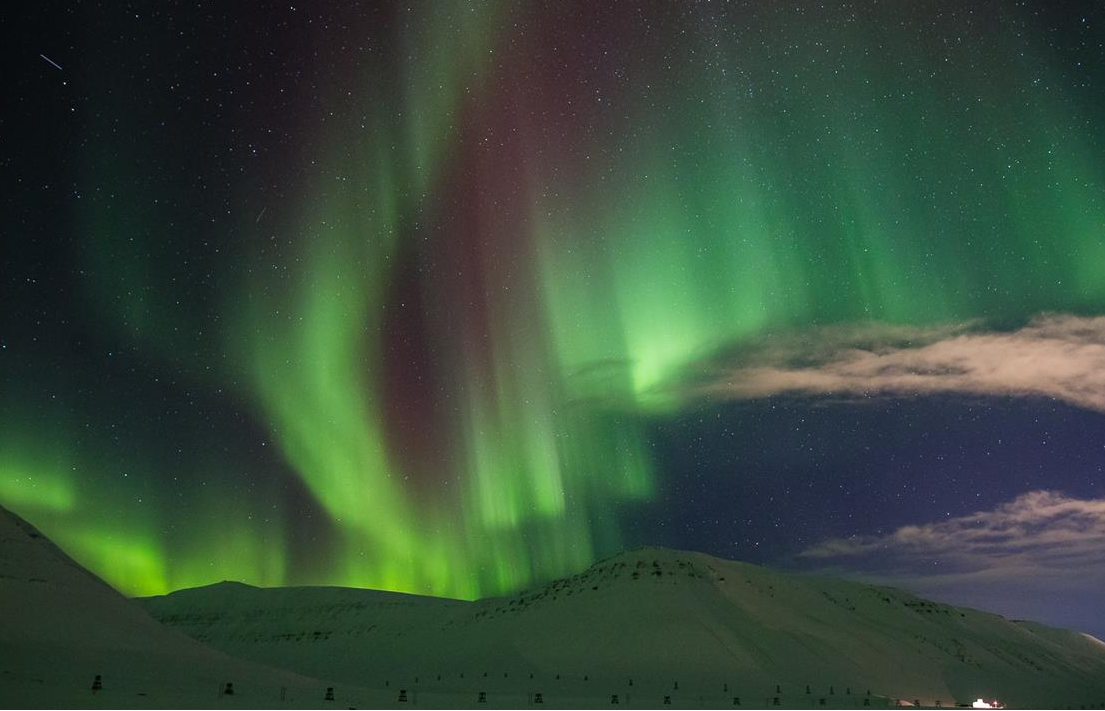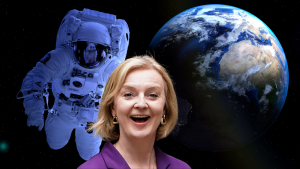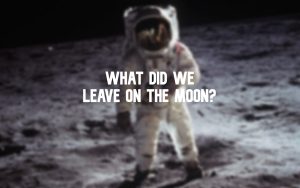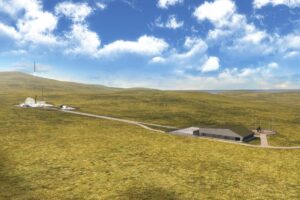Northern Lights – Solar Weather Conditions Make Aurora Borealis More Visible
9th Sep 2022
The Northern Lights aren’t always so northerly. In recent times, you may have seen some incredible images of the Aurora Borealis being visible in places where it wouldn’t ordinarily be seen. If you’re lucky, you may have even seen the phenomenon in person.
Recent solar weather is creating some of the best opportunities to spot the Northern Lights across Europe and the UK.
Why? Well, solar weather is the simple answer.
When the sun gives off flares, and Coronal Mass Ejections, or CMEs, there is a huge release of plasma and magnetic field from the Sun and the plasma surrounding it. These flares send their waves all the way to the planet, interacting strongly with the magnetic regions of the north and south poles. These solar flares have the capacity to cause a lot of disruption on Earth, but they also have the capacity to cause stunning aurora.
The ions of the solar wind coming into the Earth’s atmosphere collide with atoms of oxygen which releases energy and, in turn, creates the colourful glowing effect we see at the poles, both north and south.
Fortunately, we’ve avoided most of the disruption that can go along with these solar storms in 2022. We have, however, enjoyed the visual phenomenon it causes much further south than is normal.
The Impact of Solar Cycles
Around every 11 years, the magnetic field of the sun flips, with the north and south poles of the star changing places. It doesn’t happen overnight, of course, and the long process involves a lot of activity around the surface of the sun, as the magnetic fields change. This cycle has been observed and measured rigourously since 1755.
In the middle of the cycle, the Sun is at its most active, with the maximum number of sunspots and coronal mass ejections. At the start and the end of the cycles, the sunspots die down and can disappear for days on end.
We are currently in solar cycle 25. Observers expect this cycle to be far more active than scientists originally estimated. You can track the data for yourself here, and see that many of the recent months have been vastly more active than the original estimations, which has led to the Northern Lights being visible in far more locations.
The Northern Lights have recently been visible as far south as Brancaster in Norfolk, UK, and in the US, geomagnetic storms have seen the phenomenon creeping further down the map.
Interestingly, we’re still not at the “Solar Maximum” of this cycle. Forecasts call for a peak in 2025. If the cycle continues to be as active as it has been throughout 2022, it is fair to say that you might get your best possible opportunity to spot the Northern Lights, without booking a trip to Scandinavia.
True North
As we’ve mentioned already, the polar regions are those where the lights are most visible. The magnetic fields create these auroral ovals, which occur at the top and bottom of the planet, moving around as the solar flare activity changes and fluctuates
The phenomena usually occur between 60 and 75 degrees latitude, and this means the best spots for seeing them are in parts of Canada, Iceland, Norway, Sweden, Finland, Alaska and some of Russia. Interestingly, True north is a fixed point that we can measure and stick a pin in on the globe. The magnetic north (more relevant for solar activity and its interaction on earth) is quite different.
Magnetic north aligns with Earth’s magnetic field, which actually changes and moves as time goes on. The changes are based on the Earth’s magnetic core. If the poles continue to move, it makes sense that the aurora would also move.
The magnetic latitude of each location shifts, whereas the geographic latitude stays the same. Magnetic latitude (MLAT), is like geographic latitude, except that the main reference points are the axis of the geomagnetic dipole. Determining these polls utilizes data from the International Geomagnetic Reference Field (IGRF).
This difference is called magnetic declination. At the moment, London’s declination, and difference from the “geographical” latitude, is +0.61° (1°36′). There’s a handy calculator to assist you with working out the declination.
Measurements show that the magnetic north pole is moving towards Siberia. When that occurs, the lights will be less visible in the US, for instance. Already, people see them mostly in limited circumstances and more severe solar storms except in the northern tier of the country.
Extremes of Aurora: The Carrington Event
The biggest solar storm on record has become known as The Carrington Event. It took place in 1859. We’ve covered this in more detail on Orbital Today, with a focus on the fact that it could potentially cause huge issues to modern life, with the potential to damage power networks, as well as GPS and cellular technology we simply didn’t have in 1859.
If we saw another of these huge solar storms today, another side effect would be aurora spreading very far south.
During The Carrington Event it was reported that the Northern Lights could be seen in places such as Cuba, Hawaii, and Columbia. On 3 September 1859, the Baltimore American and Commercial Advertiser reported:
“Those who happened to be out late on Thursday night had an opportunity of witnessing another magnificent display of the auroral lights. The phenomenon was very similar to the display on Sunday night, though at times the light was, if possible, more brilliant, and the prismatic hues more varied and gorgeous. The light appeared to cover the whole firmament, apparently like a luminous cloud, through which the stars of the larger magnitude indistinctly shone.”
By today’s grading system, The Carrington Event would be a G5 storm, with the potential to cause blackouts and global disruptions to communication. It’s not a price worth paying for the beautiful sights of the aurora.
As we approach solar maximum in 2025, there may be even more opportunities to see the Northern Lights in places where you ordinarily would not. Keep an eye on the space weather, and you may even experience a once-in-a-lifetime photo opportunity.
![Beauty of the Pink Moon And Lyrid Meteor Shower in This Week’s Best Astrophotos [19-26 April] Beauty of the Pink Moon And Lyrid Meteor Shower in This Week’s Best Astrophotos [19-26 April]](https://orbitaltoday.com/wp-content/uploads/2024/04/Pink-Moon-is-on-its-way-above-the-mountains-1-300x300.jpg)





Thank you for your comment! It will be visible on the site after moderation.